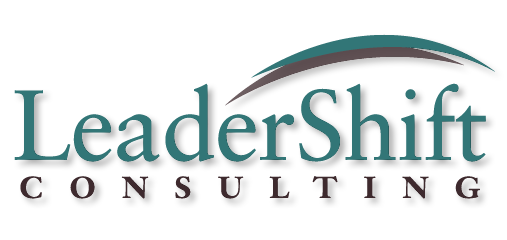Women’s Equality Day: 10 Questions For Organizational Self-Reflection
August 26th is Women’s Equality Day in the U.S. I like the idea of this observance – particularly compared to Women’s History Month (celebrated in March), which I kind of hate.
To me, Women’s History Month is a triumph of corporate box-checking, where organizations dust off their pictures of Susan B. Anthony and traipse out speakers (for mostly female audiences) on topics like “dress for success.” Once the boxes are checked, organizations tend to declare “Mission Accomplished” and forget about it until next March.
But consider this. If you still have to celebrate a “History Month” for a segment of your workforce, then that group probably doesn’t yet enjoy equality in your organization.
I think Women’s Equality Day offers up a useful line of inquiry. It points us not to the past, but to the present and future. It points us not to prior success, but to the distance yet to travel to reach equality. It asks us not to brush our shoulders in self-congratulation, but to ask ourselves honestly where women actually stand in our world, society, communities and organizations.
So heck yes, bring on Women’s Equality Day. And let the questions begin.
- Look around the table at each successive level of the company’s power structure. Who’s at this table and who’s missing? If women (or any group) are noticeably missing, then you don’t yet have equality. Period.
- What’s happening on compensation? Look around those same leadership team tables. Analyze the compensation of each member. See any patterns?
- At what levels do the main drop-offs in representation occur?
- What organizational policies and structures might be creating these drop-offs?
- What societal forces might be contributing to these declines?
- How would your organizational structures and policies need to change to ensure that women had equal standing in this company?
- What informal cultural assumptions and practices might be restricting women from the same access, influence and inclusion that their male counterparts enjoy?
- Whose voices tend to carry weight and sway opinion in your company? In a circle of opinion-leaders, who tends to galvanize the decisions and actions? Who has to say something before people hear and act on it?
- What’s really at stake? If the organization does not see itself as paying a meaningful price for inequality, then meaningful change is unlikely. What price are we paying for the lack of equality? If our women are underused or undervalued, how does that affect profitability? Our brand? Our standing in our stakeholder community? To what extent does it affect our competition for the best and brightest talent? To what extent does it affect our employee engagement and innovation?
- Who benefits – and how – from an unequal playing field for women (or any other group)? Don’t pussyfoot around this question; the beneficiaries of inequality will likely be among the greatest barriers to change.
Women’s Equality Day is an invitation to take courageous stock. By all means, celebrate success and progress. But ask the hard questions as well. Confront the distance between where you are and true equality for women and all workplace “minorities.” The only thing you have to lose is your comfort. And there might be so much to gain.


